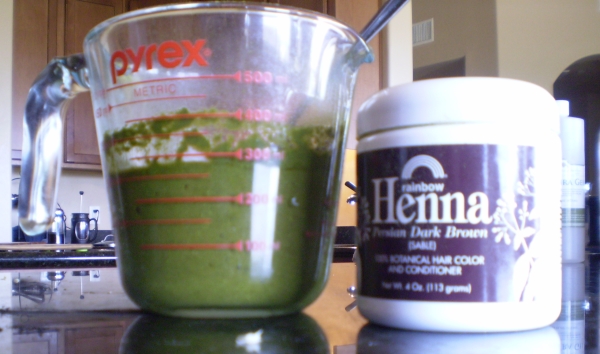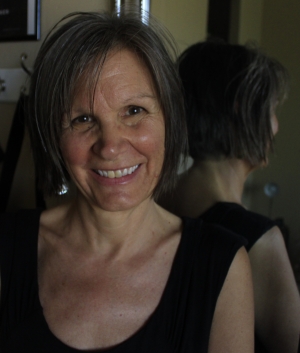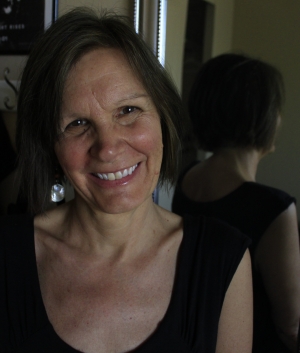To Dye or Not To Dye
For centuries women have risked their health for the sake of beauty. In the middle ages, Italian women used eye drops from the toxic belladonna plant in order to dilate their pupils. Pupil dilation was thought to be more attractive. Women hoped that "just a little poison" would give them the results they wanted without health implications. We may be doing the very same thing today.
Most hair dyes are made from petroleum sources and contain paraphenylenediamine (PPD). Here are several interesting facts about PPD:
- PPD, a derivative of coal tar, is also used in fur dyes, dark colored cosmetics, photographic developer, printing inks, greases, and gasoline.
- PPD was voted Allergen of the Year in 2006 by the American Contact Dermatitis Society.
- DuPont, one of the makers of PPD, makes this cautionary statement on its website: DuPont does not recommend and will not knowingly offer or sell p-phenylenediamine (PPD) for uses involving prolonged skin contact.
- 4-methoxy-m-phenylenediamine (4-MMPD), a derivative of PPD, carries this warning when used in hair dyes: Warning - Contains an ingredient that can penetrate your skin and has been determined to cause cancer in laboratory animals.
Lightening the hair is generally less toxic than hair darkening. Temporary hair dyes are preferable to permanent and semi-permanent, which utilize more chemicals. Highlights are a safer choice as they keep chemicals away from the scalp.
Keep in mind that permanent and semi-permanent dyes generally utilize hydrogen peroxide (a natural substance) and ammonia (a colorless gas). Peroxide removes the color, providing a blank canvas for the dye. Ammonia opens the hair shaft so the dye can bond with the hair. This combination easily weakens the hair, which can lead to hair loss. According to the Mayo Clinic website:
Overuse or improper use of hair-coloring products, hair straighteners and permanent waves can leave your hair brittle and prone to breaking off at the scalp.
Given the hazardous nature of hair dyes and bleaches, are there natural alternatives? Lemon juice and sunlight are a well-known lightening combination. Chamomile tea is another. See this article for specific ways to use chamomile to lighten hair.
One of the best natural alternatives for hair darkening is henna, derived from the leaves of the plant Lawsonia inermis. Henna is cultivated in countries such as Morocco, Algeria, Egypt, Somalia, India, and Sudan. When buying a henna product, be sure there are no extra additives such as fragrance, PPD, or other chemicals. Mountain Rose Herbs offers an excellent selection of natural henna products. The brand pictured below is a blend of Lawsonia inermis (red henna) and Indigoferae (black henna).

How effective are these natural hair-coloring alternatives? momsAWARE founder Andrea Fabry writes about her experience using this powdered henna mix as a darkening agent.
For this mix I used black coffee instead of water, mixing 1/2 c. boiling coffee into 1 cup of powder. I then added 2 tbsp. apple cider vinegar to help hold the color.
I stirred with a wooden spoon until the powder was dissolved, then spread the mixture onto my hair. I wore plastic gloves to keep my hands from staining, but the good news is there were no concerns about harsh chemicals on my skin! The mixture was quite thick. Some advise application utilizing a paint brush, but I just used my hands.
I covered my hair with a plastic hair cap and sat in the sun for 15 minutes. The cap and sun help activate the dye with heat and moisture. I left the mixture on for a total of 45 minutes. The longer you leave the henna, the darker the resulting color will be.
Then I rinsed my hair in the shower, using a rhassoul clay paste to help cleanse the hair. I allowed my hair to dry at room temperature, and it felt soft, light, and clean!
 |
 |
|
| Before | After |

